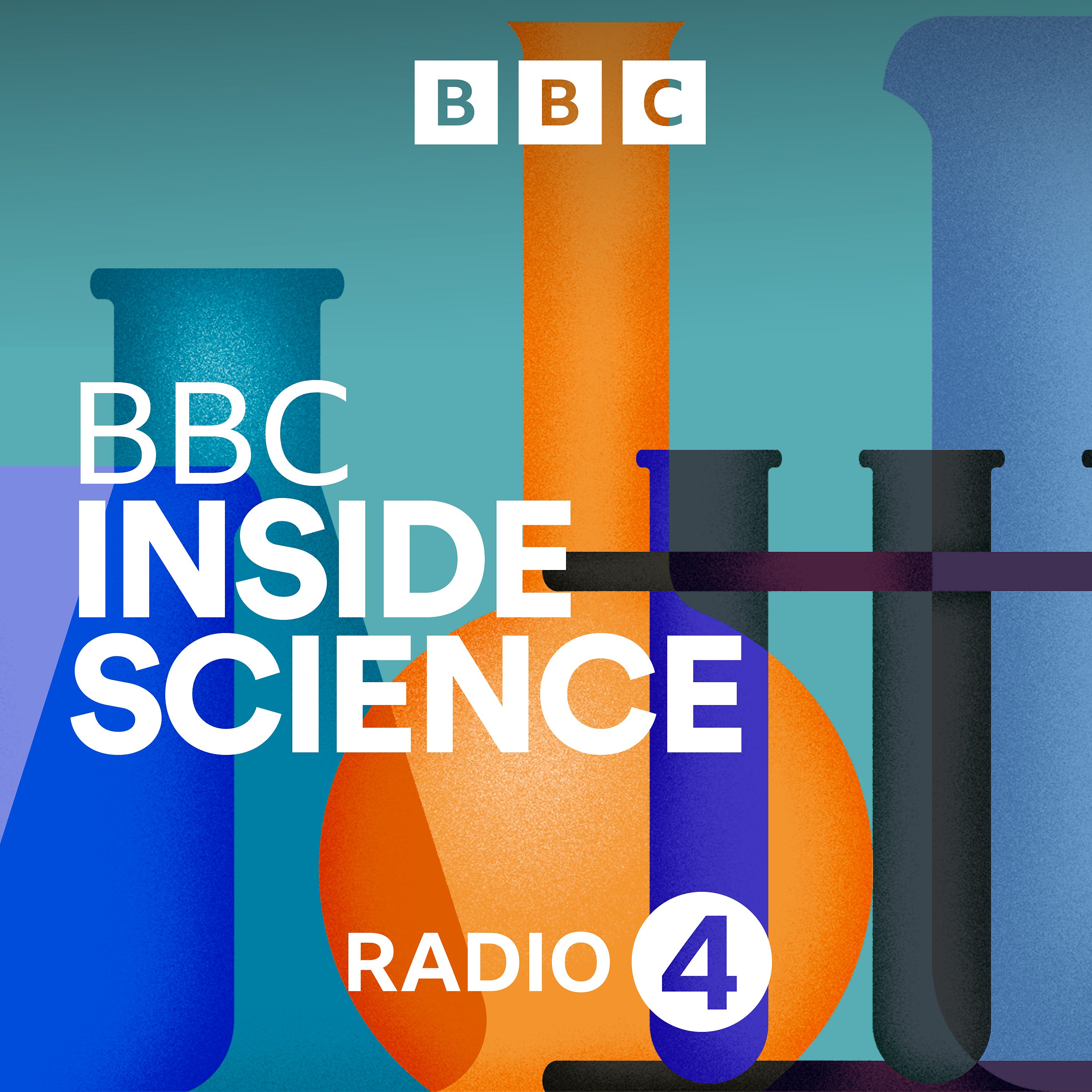GM plants; Svalbard Seed Vault; Directed Evolution; Dolphin Snot

b'
The topic of GM plants raises strong opinions and many questions. This week, the Royal Society published answers to some of those questions. Adam speaks to Professor Ottoline Leyser, plant science expert and Head of the Sainsbury Lab in Cambridge. She was involved in writing the responses and Adam quizzes her on the possible issues with GM crops.
Institutes from around the world made deposits to the Svalbard Global Seed Vault this week. More than 8,000 varieties of crops from Germany, Thailand, New Zealand, and the World Vegetable Center arrived at the Vault, located on a remote Norwegian archipelago, to be stored deep within the permafrost. Reporter Marnie Chesterton was there to see it happen, and take a tour of this normally inaccessible place. The Vault is located within the Arctic Circle, and helps to protect the biodiversity of some of the world\\u2019s most important crops against climate change, war and natural disaster.
This week Professor Frances Arnold was awarded the Millennium Technology Prize; the Finnish version of the Nobel Prize. Her work is a process called Directed Evolution, and involves creating batches of mutant proteins to see if the mutations make them better at certain functions.
Dolphins use ultrasound to echolocate. Until recently, scientists did not quite know how. Making ultrasonic noises normally requires some hard surfaces such as metal, and dolphins don\\u2019t have metal in their blowholes. Acoustic scientists Aaron Thode at the Scripps Institute of Oceanography in San Diego thinks he\\u2019s solved this conundrum, and it involves snot.
Producer: Jen Whyntie
'